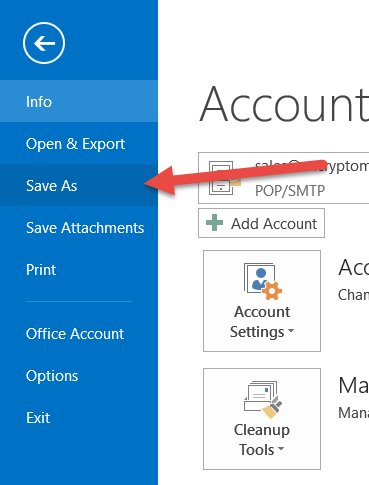

Mark Hachman / IDG In the future, Mail and Outlook may collide Missing a feature? Mail’s Settings menu will probably have it. That’s just one way that Outlook is “sticky,” encouraging you towards Outlook and its Microsoft 365 subscription. While arranging email and creating folders will carry over between Outlook and Mail, you can’t see an email that you’ve color-coded in Outlook with the same color-coding in Mail. Still, be aware that some features are the equivalent of a one-way street. They’ll talk to one another, so that email sent in one client will be “sent” in the other, as well. Otherwise, though, you can use Outlook and Mail on the same PC. That will open up a menu through which you can find common features like setting an out-of-office notification or changing your email signature. Generally, if Mail doesn’t offer what you want on the right-hand rail or the body of the email, you can find it by clicking the small Settings “gear” at the bottom of the page. If not, you’ll find Mail offers most of what you ask an email client to do. Outlook does offer many more organizational features than Mail, as well as more opportunities for collaboration. Here, Outlook throws tabs, icons and more at you: There’s no way you can convince me that this Outlook interface (from an edited version of my inbox) is superior to the way Mail presents the same information. Where Mail shines, however, is the absolute elimination of visual clutter. At least Accounts offers you a good starting point.) Mail simply feels better organized. (To be fair, this could be made more intuitive by adding an “Add Account” button here as well. In Mail, the accounts Mail manages are prominently displayed on the left-hand nav bar, and adding an additional email account is as easy as simply right-clicking the Accounts button. The capability is there, but it’s certainly not intuitive. To do so, you need to click the File button, which opens the Account Information page, and from there the Add Account button. In Outlook, there’s really no obvious way to add an additional email account from your Outlook inbox. The first, how Mail handles multiple accounts, intersects neatly with Mail’s strongest advantage-the simplified UI. It’s not the only thing that email providers use to determine if an email is suspicious, but it’s one of the more important checks they do.On the other hand, Mail offers a few advantages that Outlook doesn’t offer. If they don’t match, especially if they’re from completely different domains, that’s a red flag. One of the things these companies look for is that the “From” address matches the “Sender” address. Your email provider, be that Microsoft, Google, Apple, Yahoo, or any other provider, scans the email headers of every email you receive. RELATED: How Scammers Forge Email Addresses, and How You Can Tell Scammers set up their SMTP servers to allow all of their emails though, forcing large providers like Google and Microsoft into a constant arms race to detect and stop scam and phishing emails from getting into your inbox. Scammers and phishers don’t use the big providers-they set up their own SMTP servers and send emails through those instead. Large email providers have all kinds of checks and protocols to try to find spam and phishing emails, including emails sent from a fake address. How Do Scammers Use Fake “From” Addresses? You’ll receive a Delivery Failure Notification instead. If you try to send an email from an address that you don’t have permission to access, a Microsoft email server (commonly referred to as an Exchange server) will not send the email. Microsoft-hosted email accounts do things a bit differently. In our example in the screenshots, Outlook sent the email to Gmail’s SMTP server, which worked out that the email address we were sending belong to us, and so instead the recipient received an email from our original Gmail address. Google simply ignores the new email address you’ve used, and the recipient will see your Gmail address. RELATED: Why Am I Getting Spam From My Own Email Address?

How each provider handles this situation is a bit different. The big email providers, such as Google, Microsoft, Apple, and Yahoo, use something called SPF (Sender Policy Framework), DMARC (Domain-based Message Authentication, Reporting, and Conformance), and DKIM (Domain Keys Identified Mail) to prevent (among other things) people from sending emails from addresses (spoofing) that aren’t theirs.


 0 kommentar(er)
0 kommentar(er)
